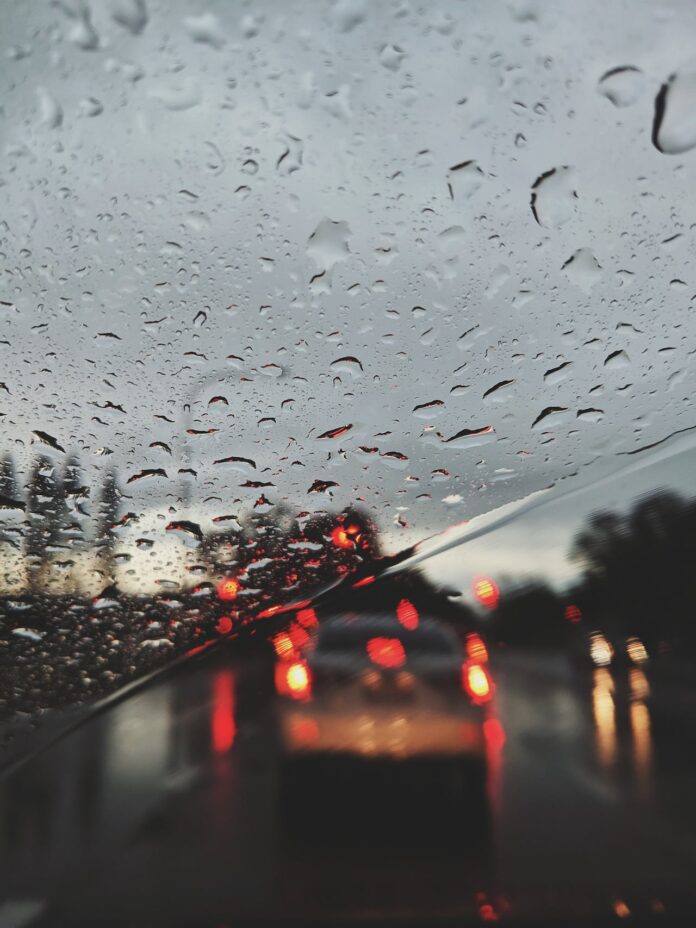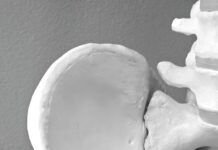
With strong winds and heavy rain predicted in the coming days motoring experts are offering advice for driving in poor conditions.
The specialists at LeaseCar.uk have issued the guidance as the Met Office forecast shows bad weather is on the way.
Their team have warned motorists to beware of dangers such as aquaplaning (skating on water without a grip on the road) and being buffeted by sudden strong gusts of wind.
Advance preparation is crucial, with drivers urged to keep their phones charged, fuel tanks full and to check their windscreen wipers and tyre treads.
They should also have all the details they need to call out breakdown services if necessary.
Tim Alcock from LeaseCar.uk said: “These conditions can be worrying but there are lots of things drivers can do to help prevent anything from happening – and very definite driving techniques for situations such as aquaplaning.
“We’ve put this guidance together so that people can be prepared and stay safe as they travel during the stormy conditions.
“We do urge people to exercise caution and if their journey is unnecessary and the advice is to stay at home, then follow it.”
How to drive in wind and rain:
1. Ask if the journey is necessary
It sounds obvious, but if conditions are hazardous, consider whether the journey really is necessary.
2. Be prepared for breaking down
Make sure your breakdown recovery number is stored on your phone, along with any details you may need such as your policy or membership number. Keep your phone charged and have a charger in the car.
3. Slow down
Stopping distances can double in wet weather, and wind and rain can affect braking and handling.
Slow down and increase the distance between you and the car in front. Not going too fast will help you to keep more control. Remember that your stopping distance includes ‘thinking time’ as well as stopping time.
4. Maintain the car
Check your windscreen wipers, tyre tread and tyre pressure before you set off. Keep your fuel, oil and screen-wash levels up.
5. Follow the tracks
In heavy rain, vehicles in front can leave ‘tracks’ in the ground water. Try to stay in these tracks to prevent aquaplaning.
6. Be ready to aquaplane
If your steering goes light and it feels like you’ve dropped gears, you are likely to be aquaplaning (driving on water with little or no grip on the road). The engine may sound louder too. Stay calm and don’t steer or brake hard.
Come off the accelerator gently until you feel a grip again and keep the wheel in the direction of travel. Once you feel you have control of the car again, you can brake gently. If for some reason you must steer, do it gently.
If you’re driving in wet weather, turn off cruise control to help prevent aquaplaning.
7. Use your lights properly
Dipped headlights will make you visible without dazzling other drivers. Do not use fog lights unless it is very misty with very low visibility.
8. Look ahead
If you want to know if you’re likely to aquaplane or be buffeted by wind, watch the vehicles in front of you to see what’s happening to them
9. Overtake with care
If you are overtaking in windy conditions, beware of sudden gusts as you clear the vehicle, especially if it is large. The wind may blow vehicles off course – allow extra space and be very careful when passing cyclists.
10. Hold the wheel firmly
You’ll need as much control as possible if you get blown by wind or start skating on water. Keep both hands on the wheel.
Help keep news FREE for our readers
Supporting your local community newspaper/online news outlet is crucial now more than ever. If you believe in independent journalism, then consider making a valuable contribution by making a one-time or monthly donation. We operate in rural areas where providing unbiased news can be challenging. Read More About Supporting The West Wales Chronicle

























